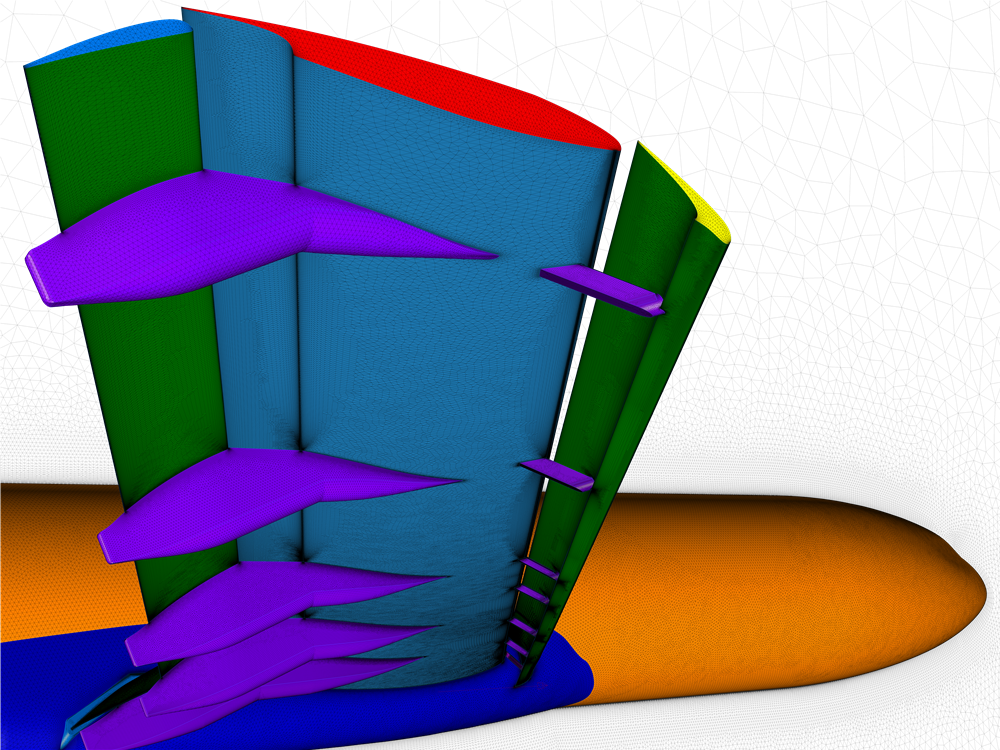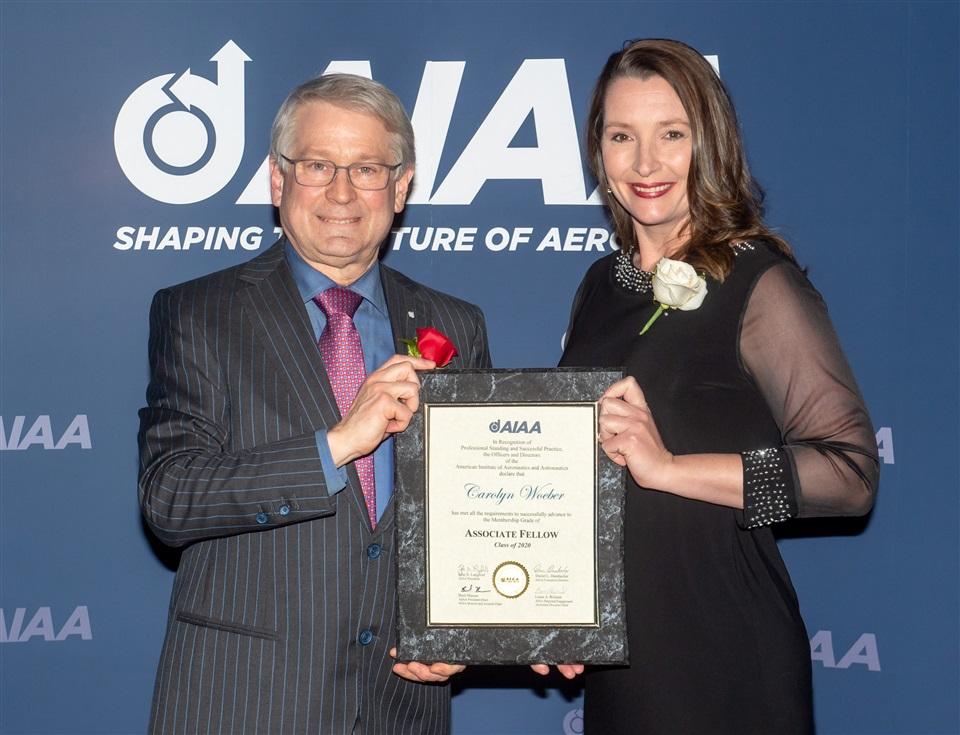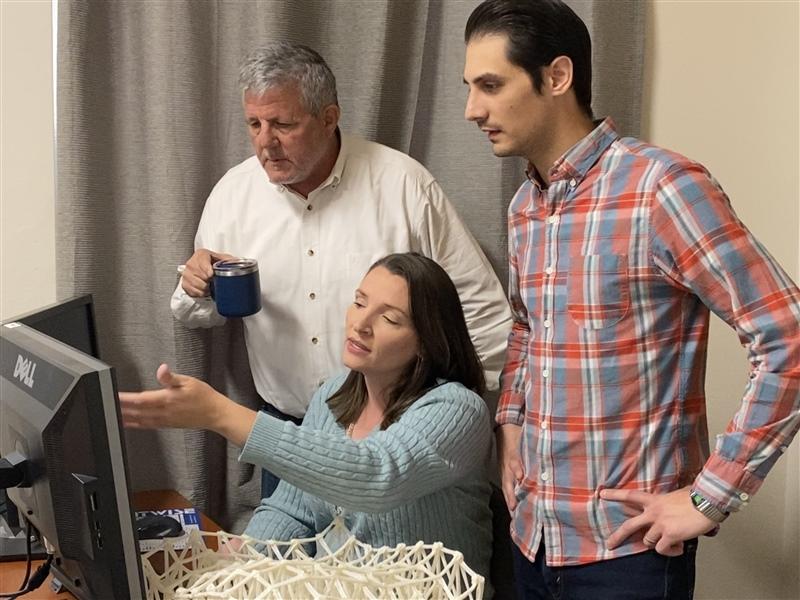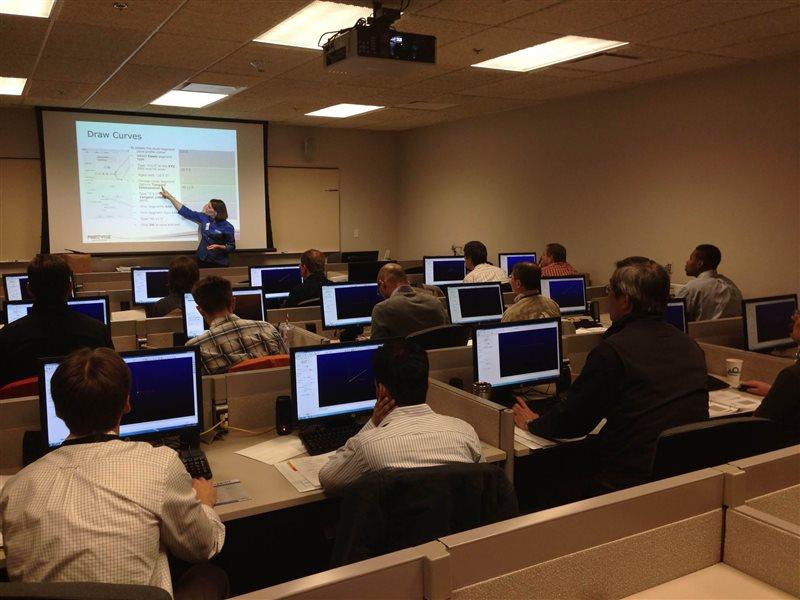Cadence Highlights Women in Computational Fluid Dynamics: An Interview with Carolyn Woeber
To highlight the achievements of women in computational fluid dynamics (CFD), Cadence spoke with Carolyn Woeber, applications engineering director at Cadence, about her experience working her way through different roles and projects to stand where she is today. Before joining Cadence, Carolyn worked as director of engineering services at Pointwise Inc. She is actively involved in bringing about innovation in CFD, inspiring more women to enter this intriguing world of CFD simulations.
Tell us something about yourself
I'm originally from Mississippi and grew up in the woods. I loved math and science a lot from a young age, so when I decided to pursue my bachelor’s, engineering was the only field I could think of. Moreover, I had my parents’ full support; they always encouraged me to do whatever I thought I could. So, I started looking at engineering schools in my state. We didn't have many, and Mississippi State University was a public school with great engineering programs. I was looking for specialties in the list of engineering courses, and being someone who needs to stay challenged and enjoys things that push me beyond my boundaries, aerospace engineering stood out!
When and how did you learn about CFD?
I started my undergraduate degree and thought I should explore and see where I belong; that’s when I got a student job at the Mississippi State University Raspet Flight Research Lab, a leading university-based experimental flight research in the U.S. There, I worked with a graduate student at the research lab on robots that were trained with neural networks to scan composite surfaces on planes for delamination or cracks. The work was very hands-on, and I learned a great deal and enjoyed it. However, I wanted to try other areas in aerospace. While working there, I met another woman in the aerospace engineering department; she was an upperclassman and was very supportive of someone like me that was just starting their degree program. I enquired about what other career paths students follow in aerospace. She suggested this “new” area of CFD that I could explore and recommended that I meet with her father to learn more about the field; he was conducting research at the National Science Foundation Engineering Research Center (SimCenter) at Mississippi State where CFD was a primary focus.
The hallways in the SimCenter were lined with breathtaking colorful images of ships and submarines, and it all looked cool and impressive, especially to a young undergrad student. I spoke to the upperclassman’s father and expressed my interest in working and learning about what they did at the research center. It’s important to note that I hadn’t even taken any of my aerospace engineering courses yet—I was still working on wrapping up the prerequisite courses. He agreed to help me and get me working on something related to CFD—he did as he promised and was an excellent mentor in my years at the SimCenter. A researcher who was involved in post-processing for CFD results took me on as an assistant; he worked on a program that helped create and process the vivid CFD images to create movies that enabled a CFD analyst to see and understand the realms of results being generated for that particular application. I worked for a year or two with him but realized that in CFD, I needed to also understand other parts of the workflow that led up to the impressive results I had been working on processing.
When did you start working on CFD mesh generation?
My desire to learn about the other aspects of CFD led me to the research area that turned into my graduate research. I met a talented researcher and professor at the SimCenter who was involved in turbomachinery research and became my graduate research advisor. He was working on an internally developed CFD code called MSUTURBO. I spent the last year of my undergraduate degree and then my time in graduate school trying to numerically simulate a rotating stall with MSUTURBO, and while doing this, I took all the mesh generation and CFD courses that the university was offering.
During my early days in the mesh generation classes, I wrote Fortran programs to create meshes. In those courses, we didn’t use a mesh generation package with an interface. However, in the research center, they were using some codes such as Eagleview and some internal research codes that did have graphical interfaces. A good friend of mine who worked at the center developed one of these mesh generators with a graphical user interface, which blew me away the first time I used it. It became one of my go-to tools, and I enjoyed (a ridiculous amount) the time I got to spend creating meshes in my research.
How did you end up working at Pointwise?
I started thinking about jobs and interviewed with several organizations. However, my friend at the research center told me about this mesh generation company in Fort Worth, Texas, that he thought might be a good fit for me. I reached out to his contact (John Chawner, Senior Product Management Group Director at Cadence and Cofounder of Pointwise). I visited their facility and knew I had found my niche. I began working at Pointwise in 2002. I started at the bottom rung of the ladder as an engineer and worked my way up, wearing every hat on the applied side of mesh generation. I have written product documentation, done consulting and quality assurance, taught training courses, provided direct customer support, collaborated on the design of new features, and provided help to the sales team. Pointwise was the right place for my passion for mesh generation.
Are you part of any professional institutions that support CFD?
The professional institution which stands out in this regard is most definitely the American Institute of Aeronautics and Astronautics (AIAA). I've been a member of the AIAA since I was a student at Mississippi State University. Twelve years ago, I became involved with my first AIAA-sponsored CFD workshop, the High Lift Prediction Workshop. My involvement and participation in that workshop showed me how collaboration between CFD engineers at different levels can push advancement at a much more rapid pace than we can progress as individuals or even as individual organizations. I got further involved in the organizing committee for that workshop, then the Geometry and Mesh Generation Workshop series, and other workshops along the way. These interactions were invaluable for gaining a better understanding of the impact of the mesh on specific types of simulations and helped me develop best practices that I still use to this day. I think there’s still more to be done in terms of understanding mesh effects on CFD simulations, but I feel that efforts like these are critical to making progress in that direction.
As I got further involved in the AIAA, I realized the value of becoming a member of the Meshing Visualization and Computational Environments (MVCE) technical committee. This group explores pre-processing, post-processing, and the infrastructure necessary to support computational simulation within the aerospace community. I've been fortunate to have had the opportunity to explore four or five different roles, from working on the committee website to developing and chairing technical paper sessions to working on committee publications. In May, I became the committee’s chair and will serve a two-year commitment. My goals for my term will involve exploring how we can drive engagement around our mission and how we can encourage young professionals to get involved.
Have you ever faced a career challenge from the diversity, equity, and inclusion angle? How did you approach it, and how did you overcome that challenge?
I’d like to start by saying first that along my career path, I’ve had some incredibly supportive and helpful mentors. I’m very thankful for the guidance that these educators and professionals have given me over the years. I would like to pay forward what those people did for me, and I try to do that whenever I can. There were certainly challenges along the way as a woman in a male-dominated field. To succeed, I needed to learn quite a few skills. Looking back on those lessons and the skills I learned, I realize that they apply to any young engineer from any background.
Feeling passionate about what you do and developing a support system in your organization are drivers for long-term career happiness. While mesh generation for CFD is not everyone’s favorite thing to do, once I discovered it, I was fascinated. Find your thing. Find a job, or maybe an aspect of your current role about which you feel enthusiasm and excitement. Find other people on your team, in adjacent teams, and your leadership who share your interests and your commitment. These people will become your support system and will provide invaluable help and mentorship along the way. Don’t be afraid to ask for help, whether it’s help navigating a tricky conversation, help developing better presentation skills, or help to figure out the best ways to surmount technical or professional hurdles you may encounter. I think this type of connection to your job and your support system helps people stay engaged, joyful, and perpetually learning in their careers.
What are your thoughts on communication at the workplace?
Communication is everything. I feel like people know communication is important, but it is a journey to learn how to do so in a way that maximizes absorption by your target audience. This goes for email, chat messages, presentations, technical papers, teaching, and even impromptu “water cooler” conversations. The first and most important lesson for anyone who wants to improve at communicating is to first learn to listen. To many, that may seem counter-intuitive but developing active listening skills and then asking the right questions to better understand what someone else is trying to communicate sets you up for success, especially when it is time for you to contribute to the conversation. Then when you do contribute to the conversation, keep it brief and concise and if possible, make your responses based on actual data or your knowledge and experience. Avoid speculation or trying to answer questions when you are not confident or positive that you have the answers. People respect you more for acknowledging when you don’t know something as long as you follow through on getting the answers and delivering them.
How important is it to set goals for growth or success in the workplace?
Becoming proficient at creating goals, milestones, and check-ins has been of tremendous help to me. I’m a big fan of SMART goals and encourage those that I work with to utilize them as well. Each year create three or four goals for your growth that are specific, measurable, achievable, relevant, and timely. These goals could be a mixture of hard (technical) and soft (personal) skills. Once you’ve identified those goals, break each one down into a series of milestones to target reaching. Set a time at regular intervals to spend on yourself for check-in. It could be every two weeks, once a month, or once a quarter, but put aside that time to look back at those milestones you’ve set for yourself and see if you are making progress towards them. If you are not, what could you change to make it possible? At the end of the year, see how you did at reaching your goals. In an ideal world, you’d knock them out of the park—100% complete. However, we are human. Give yourself some grace if you didn’t, and reset for the next year. Refine your goal setting and learn how to set them in such a way as to challenge yourself without overwhelming yourself or being unrealistic.
Takeaways from Carolyn
- Never give up on your passion for something; the final fruit is always worth the struggles that you go through.
- Sometimes, women find it hard to grow in a male-dominant field, but hard work and determination will always speak for themselves.
- To stay engaged and to learn through your career, find a job or an aspect of your role that keeps you excited.
- To improve on your communication, one should first learn to listen, and then contribute to the conversation, keeping it brief, concise, and free of speculations.
- Create SMART (specific, measurable, achievable, relevant, and timely) goals with a series of milestones at regular intervals to keep checking in on your growth at the workplace.
To learn more about Cadence CFD technologies as they evolve, connect with Carolyn Woeber on LinkedIn.






